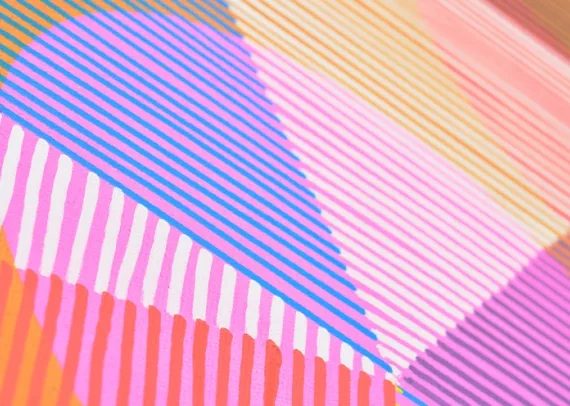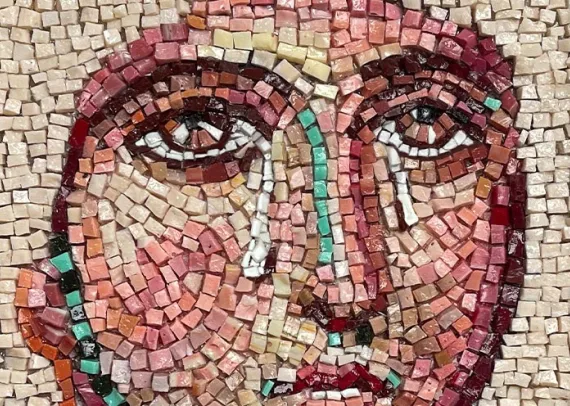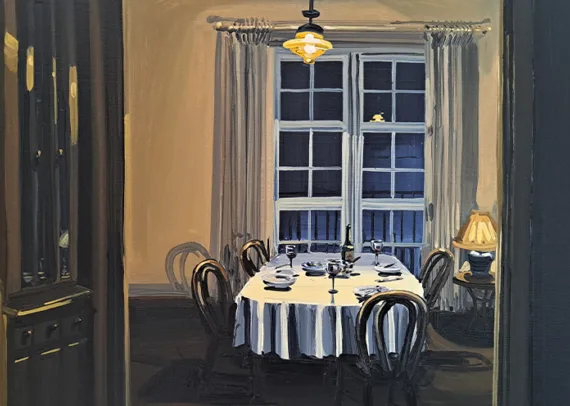-
 Oct 17 2009 - Dec 16 2009
Oct 17 2009 - Dec 16 2009
In honour of Kilkenny’s 400th anniversary as a city, the Butler Gallery has organised an exhibition of important paintings and works on paper celebrating the architecture, landscape and hidden corners of Kilkenny City and County. The exhibition includes significant works on loan from the National Gallery of Ireland and private collections along with esteemed works by Paul Henry, Mildred Anne Butler, George Pennefeather, Kathleen Marescaux and E.J. Brennan from the Butler Gallery’s permanent collection, and a group of early works by one of Ireland’s most acclaimed artists, Tony O’Malley.
Kilkenny: An Artists’ Celebration brings together work by artists who were born in, and whose artistic practice developed in, County Kilkenny, but also includes work by those who were passing through the county, and who were transiently inspired and moved by its landscape and architecture. Whether native or visitor, all of the artists exhibited have international reputations that extend far beyond the county boundaries. This eclectic and diverse array of work offers us alternative perspectives on the city, from its ruins to its rooftops and back gardens, and invites us to view familiar landmarks such as Kilkenny Castle, St. Canice’s Cathedral and Rothe House from startlingly new vantage points.
Mildred Anne Butler (1848 - 1941) produced scenes of domesticity that provide the viewer with a through-the-keyhole look at hidden corners of her home at Kilmurray, Co. Kilkenny – a huge source of inspiration throughout her life. Much of her subject matter included flower gardens and landscapes painted out of doors. instilling the work with an animated freshness. Butler, who was born in Kilkenny, studied in London and continuously exhibited there throughout her career. Butler’s quirky titles Ancient Rubbish and A Tit-Bit are indicative of the artist’s playful sensibility.
Artist E.J. Brennan (active from 1878 - 1884), while a native of Kilkenny, studied abroad in Paris and eventually moved his artistic career to London. Brennan was a regular exhibitor of landscapes at the Royal Hibernian Academy in Dublin. His painting The Nore, from the Butler Gallery Collection, has recently been restored and newly framed with a grant provided from the Heritage Council of Ireland for Care of Collections.
Paul Henry (1876 - 1958) is one of Ireland’s most renowned artists. He visited Kilkenny to accompany the author Sean O’Faolain, who was undertaking a series of tours around the country gathering material for his book, ‘An Irish Journey’, published in 1940. Henry, greatly inspired by the county and city, illustrated the book, including the scene Kilkenny, from the River. Henry’s great command of chiaroscuro is evident in the clouds in the painting The Tholsel Kilkenny, with windswept gnarled tress leaning in the foreground like hunched figures.
George Pennefeather (1905 - 1967), a watercolour painter who founded the Kilkenny Art Gallery Society in 1943, now known as the Butler Gallery, is represented by a work entitled The Old Mill known as Fennessy’s Mill and View of Rose Inn Street. Kilkenny is also present in the oeuvre of Flora H. Mitchell (1890 - 1973) and Carmel Flynn (active from 1938 - 1981) who was known for her conventional subjects tackled from new angles. She exhibited widely around Ireland and her work can be found in many regional collections. Kilkenny born artist Kathleen Marescaux (1868 - 1944), travelled the continent during her youth, studying art. She first exhibited at the Royal Hibernian Academy in 1893 under her maiden name Dennis and continued exhibiting sporadically until 1935. Francis Place (1644 - 1728), a much earlier visitor to Kilkenny, travelled around Ireland in 1698 painting scenes on the east coast, taking in Kilkenny en route. Henry Nelson O’Neil (1817 - 1880), a Russian-born English Painter whose best known works dealt with the Indian rebellion of 1857, was also inspired by the dramatic landscape of Kilkenny.
Thomas Mitchell (1735 - 1790) was another English painter who was documented in Ireland in 1757 when he painted a view of the Battle of the Boyne site (Ulster Museum). As well as being a marine painter who exhibited at the Royal Academy in London from 1763-89, he was a naval officer by profession. He found himself in landlocked Kilkenny where he painted his Panorama of Kilkenny, a spectacularly grand view of Kilkenny.
This expansive panorama of Kilkenny is the most elaborate view known of the city, looking along the spine of the medieval city and including St Canice’s Cathedral, the Magdalen Castle, St Mary’s church, the steeple of the 1761 Tholsel and Kilkenny Castle, along with many humbler buildings, such as cottages and the castle mill. The castle then had a very different appearance, before the Benjamin Woodward Picture Gallery was built and with an ornate 17th century garden building. (National Gallery of Ireland)
A suite of works by another of Ireland’s most celebrated late artists, Tony O’Malley (1913 - 2003), pulls the exhibition into the present day. O’Malley’s artistic output, book-ended by time spent in Kilkenny, is a rich and spirited one. Born in Callan, O’Malley spent much of his career in St. Ives but returned to Physicianstown in Kilkenny where he spent the last 13 years of his life. This body of work concentrates on O’Malley’s early life and the landscape of his beloved Callan. Bridge Street, Westcourt, Cody’s Mill and the Callan fields of his childhood all feature with obvious fond regard. O’Malley’s landscapes tell us more about the spirit and lifeblood of Kilkenny, reflected in the bold colors and dancing shapes that evoke the expressive nature of the region.




 Opening Hours
Opening Hours